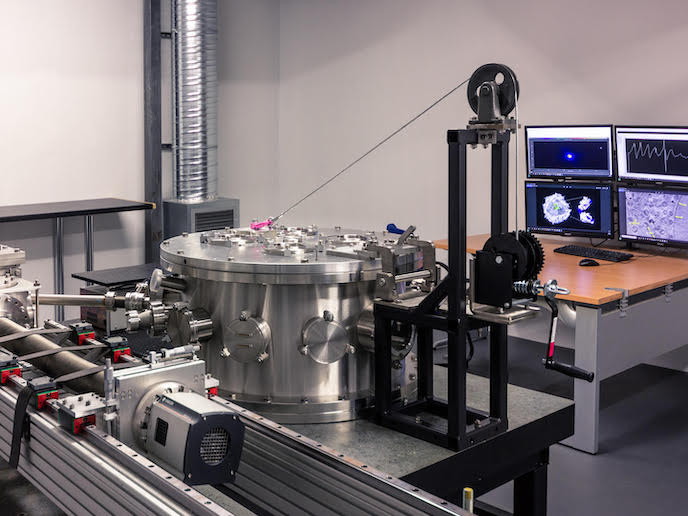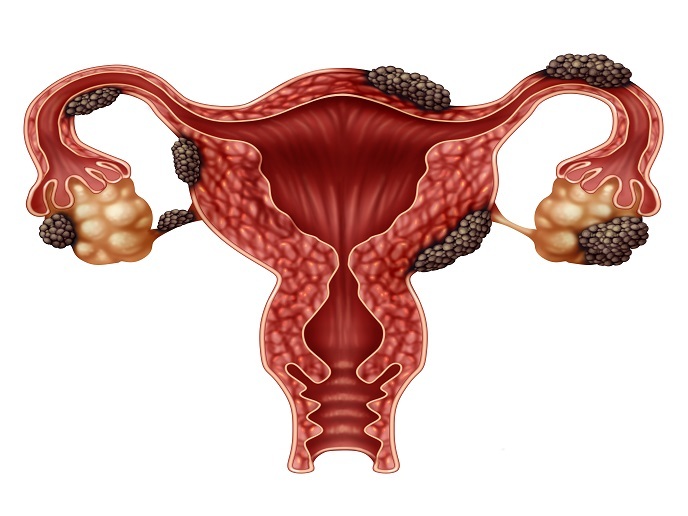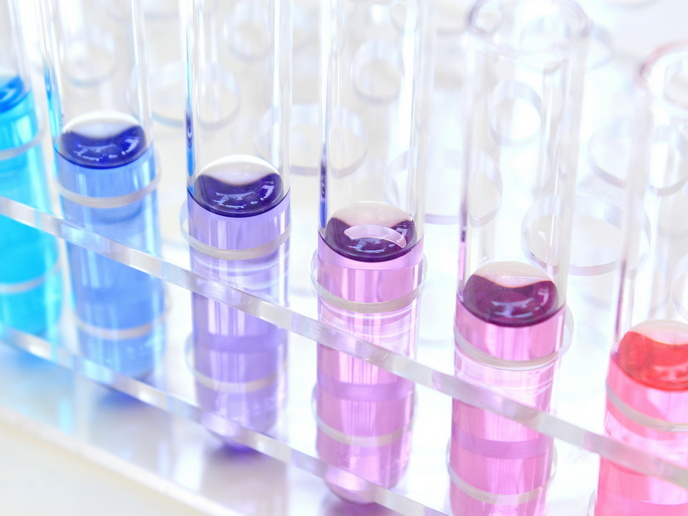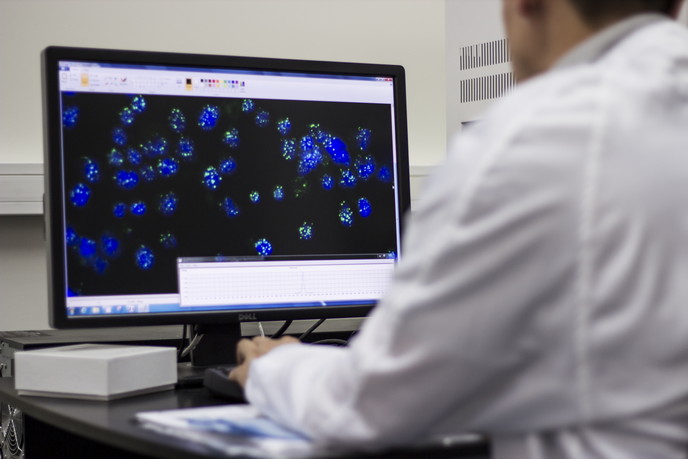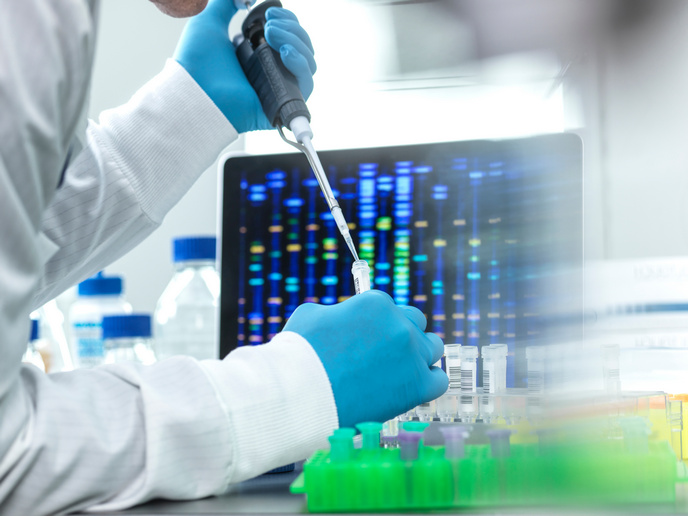The world’s first lab-scale soft X-ray microscope
Soft X-ray imaging, also known as X-ray microscopy, is a type of imaging that uses electromagnetic radiation in the low energy X-ray band to produce magnified images of an object. Currently, it is the only method researchers have to generate high-resolution, high-contrast 3D images of the whole internal structure of intact biological cells in their near-natural state. Unfortunately, because the illumination source required for a soft X-ray microscope is both extremely large and expensive, there are only a handful of facilities equipped with the necessary equipment. This means researchers must either conduct their research off-site or make do with using other imaging modalities. Now, thanks to the EU-funded SMILE project, there’s a third option: the SXT100 microscope. “Our aim was to build and commercialise a miniaturised soft X-ray microscope that enables scientists working in disease research and drug discovery to use proven cell modality in their own labs as opposed to having to image their cell samples at one of the four massive, football field-sized synchrotron facilities currently available,” says project coordinator Mr Tony McEnroe. The first of its kind According to McEnroe, the SXT100 is the first commercial lab-scale SXT microscope of its kind in the world. “It allows researchers to illuminate whole single cells or tissue samples and produce 3D images that cannot be produced in any other way.” The SXT100’s ingenuity lies in its use of a high-performance soft X-ray light source based on a laser-produced plasma emission. The tiny fireball produced emits the soft X-rays that are used for cell imaging, but it also produces a lot of metal debris. Patented, self-healing optics are then employed to collect, filter and focus the soft X-rays onto the cell sample to be imaged. “No other high-resolution imaging modality is capable of quantitatively imaging the subcellular organisation of whole hydrated cells – up to 15 μm thick at resolutions up to 40 nm – in their native state, with very little preparation and without the use of stains or other contrast-enhancing agents,” adds McEnroe. Furthermore, the SXT100 has reduced the size of soft X-ray technology from 15 000 m2 to just 3 m2 and slashed the equipment price – from over EUR 500 million (the cost of building a synchrotron) to EUR 2.5 million per unit. Increasing productivity With direct access to a soft X-ray microscope in their own lab, the SXT100 is increasing researcher productivity 100-fold. It has also opened the door to a range of new disease progression studies that were previously not possible due to limited access to soft X-ray technology. “Project SMILE allowed us to validate the performance of the soft X-ray illumination source, which is the core technology at the heart of the miniaturised soft X-ray microscope,” says McEnroe. “As a result, we successfully moved the SXT100 from a proof-of-concept soft X-ray microscope demonstrator into a well-engineered, reliable and ready-for-market instrument.” In 2017, SiriusXT, the SMILE project’s lead partner, was named the best High Potential Start-up in Ireland by Enterprise Ireland – a recognition that has proved invaluable in raising additional investment and support for the project.
Keywords
SMILE, SiriusXT, soft X-ray, x-ray microscopy, SXT, SXT100 microscope



